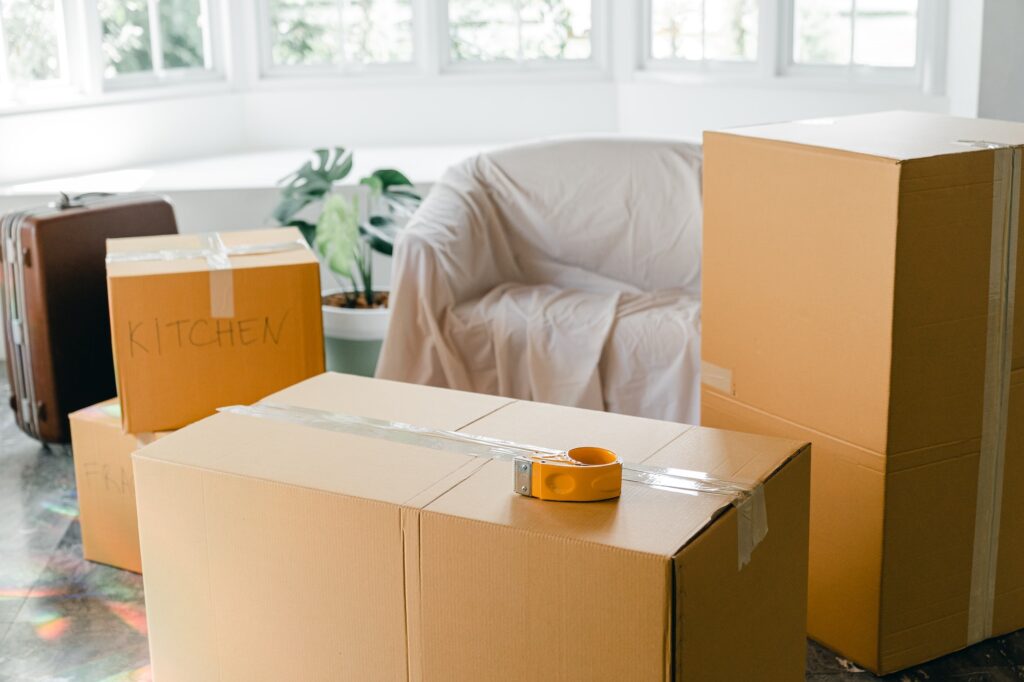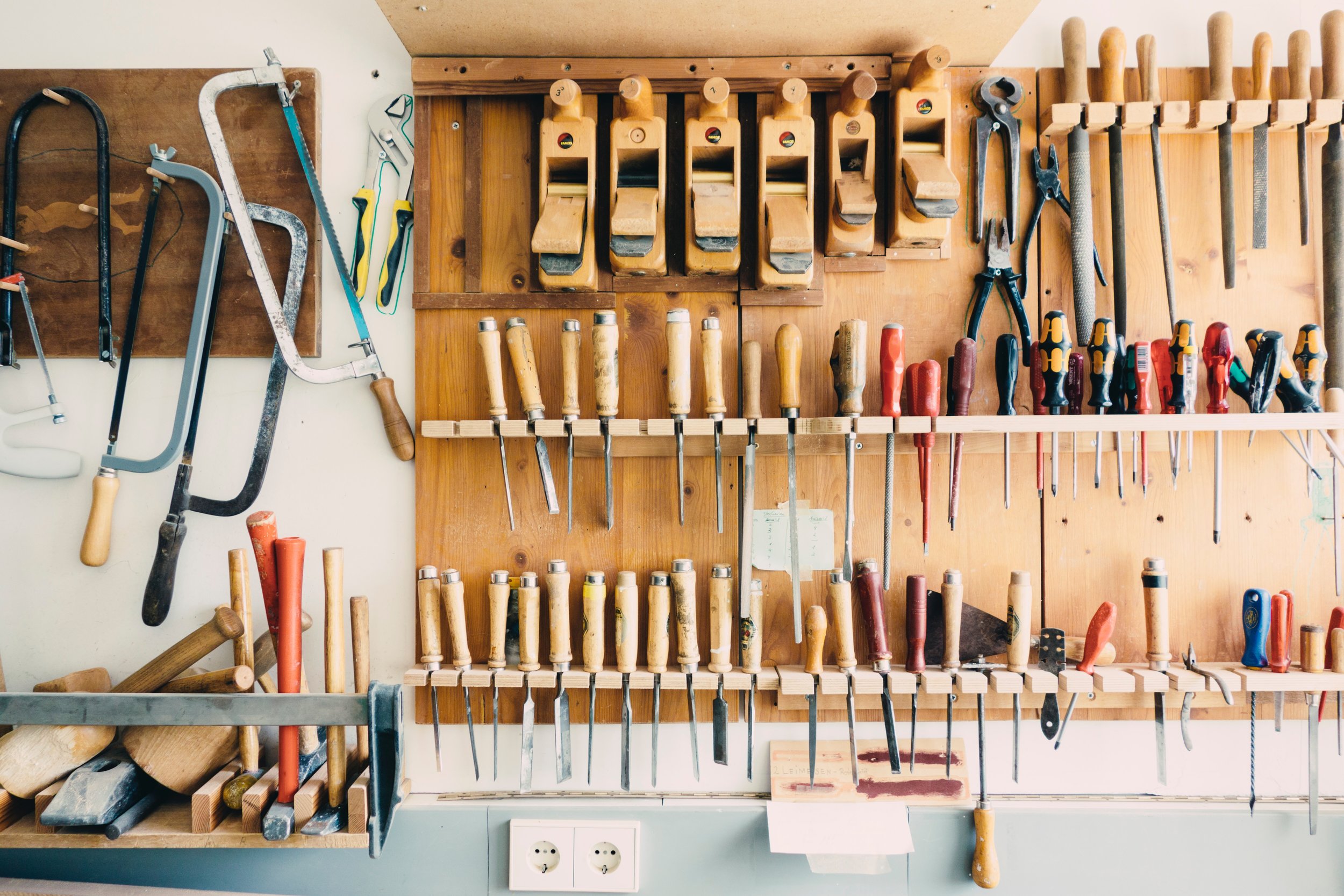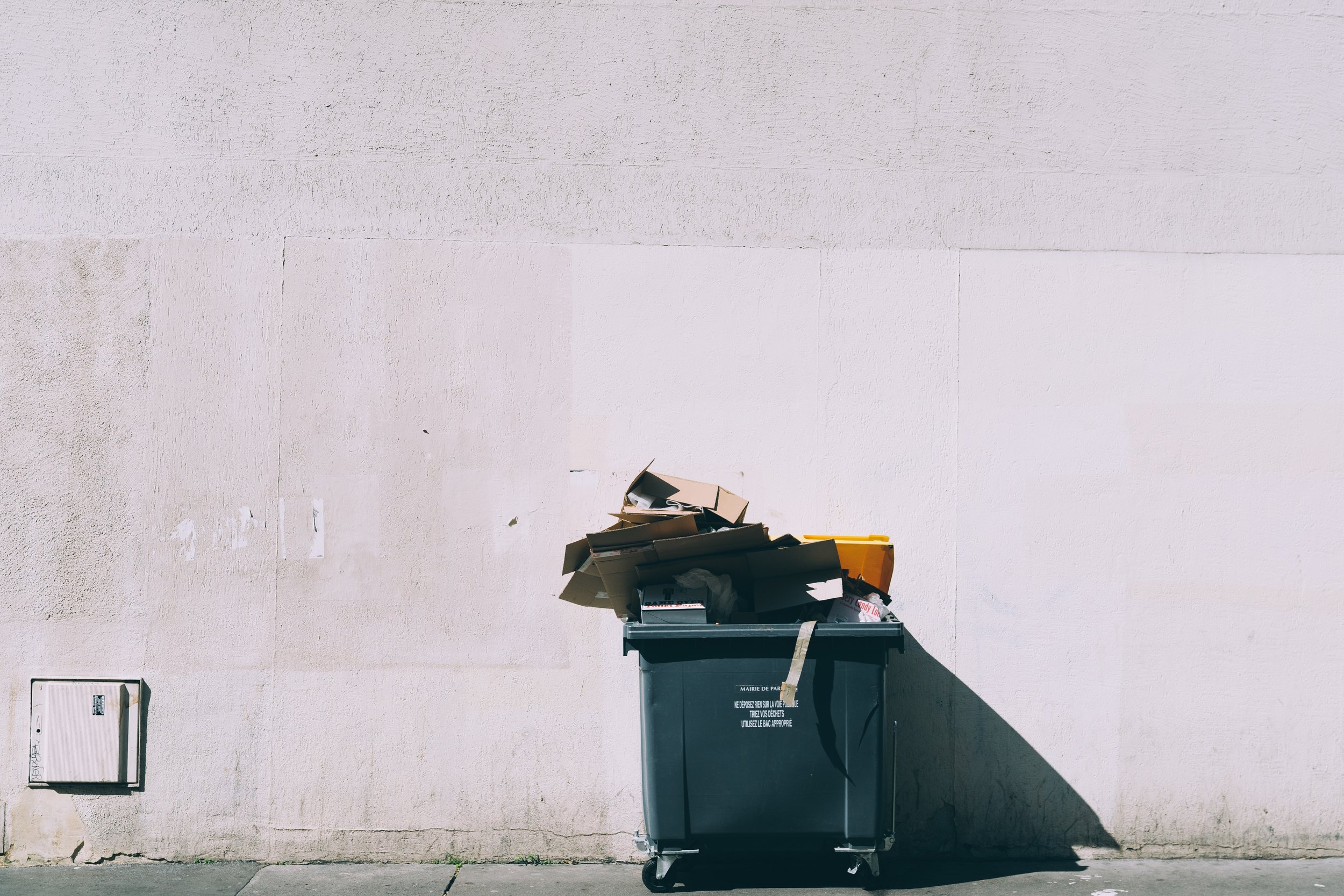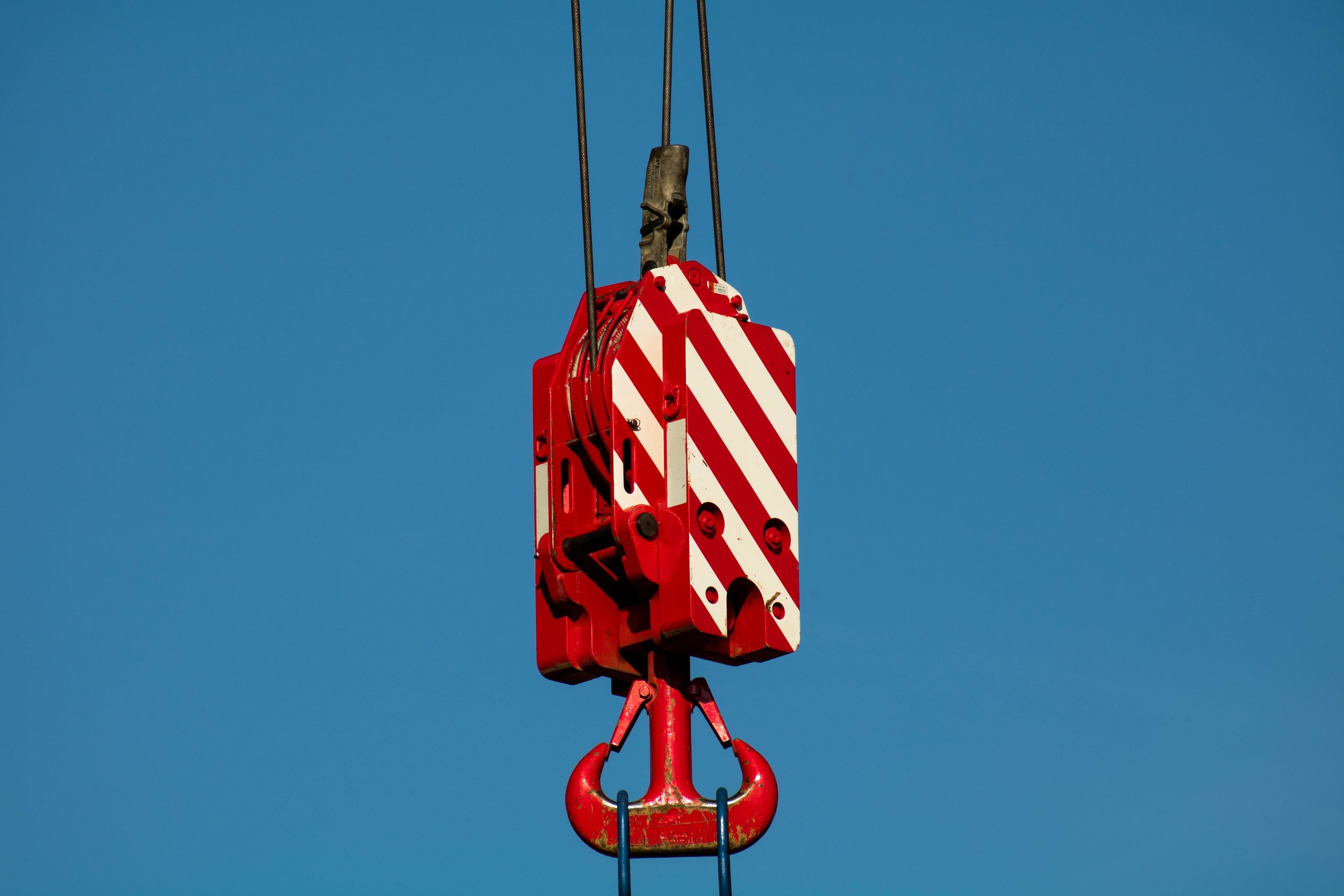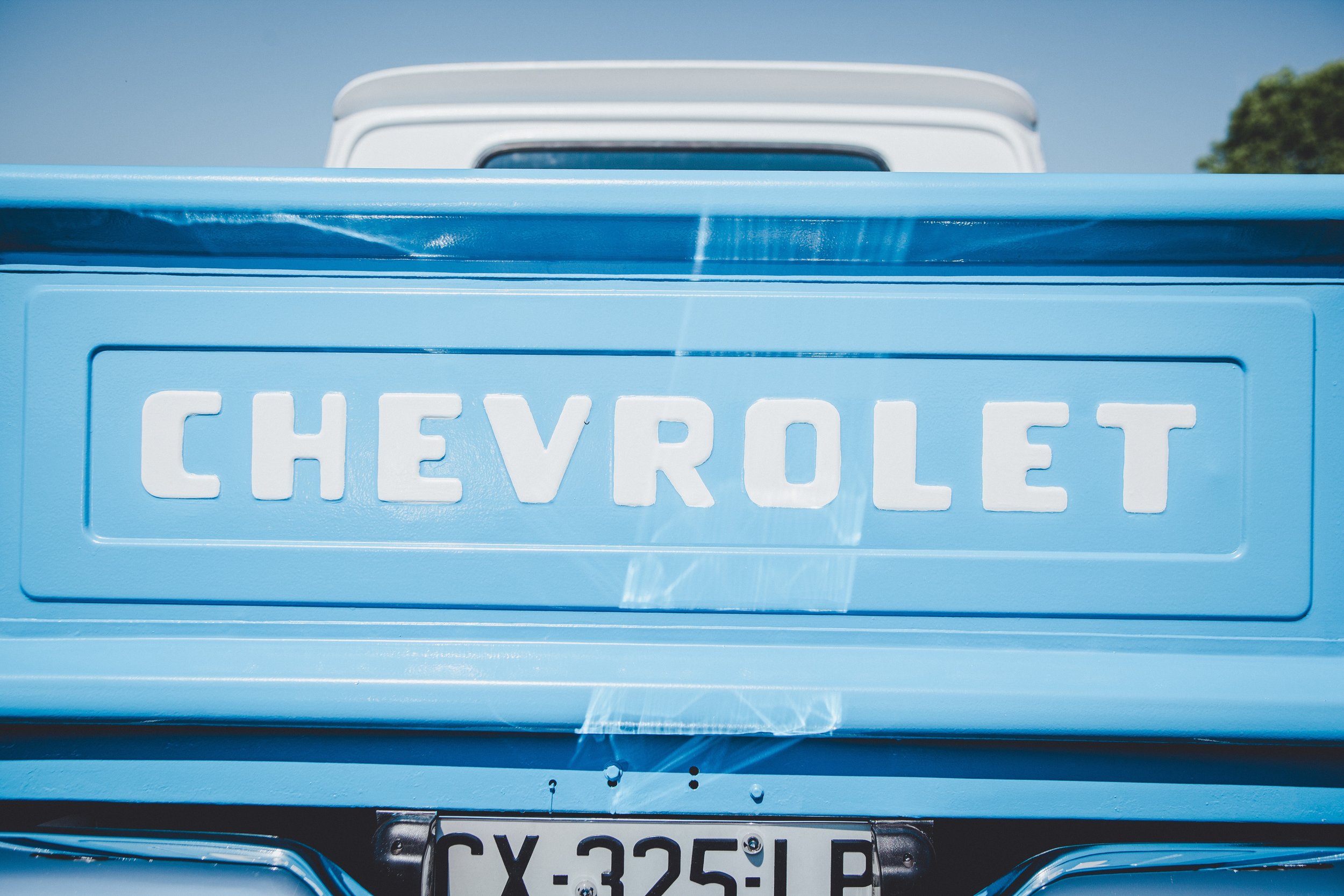When it comes to resident onboarding, the first impressions and experiences of new residents can set the tone for their entire tenure in a multifamily building. The significance of this initial period cannot be overstated. So, let’s delve into some experience metrics and uncover the secrets to unlocking the full potential of move-ins! 🔑🌟
1️⃣ The Timeline: Research shows that the first 90 days of a resident’s stay are critical for establishing a positive experience. During this period, residents form lasting impressions and decide whether they feel welcomed and supported within the community. It is essential to prioritize a seamless move-in during this crucial window.
2️⃣ The Power of Personalization: Personalized onboarding experiences can leave a lasting impact on new residents. A study found that 80% of consumers are more likely to make a purchase when brands offer personalized experiences. Similarly, tailoring the move-in journey to individual residents’ needs and preferences can significantly enhance their satisfaction and sense of belonging.
3️⃣ Building Trust and Confidence: Trust is a vital component of any customer relationship, and onboarding is the foundation for building trust with new residents. The Harvard Business Journal indicates that 63% of consumers trust businesses more if they offer a positive onboarding experience. By establishing trust from the outset, multifamily can foster long-term resident loyalty.
4️⃣ Reducing Churn: The quality of the move-in process can directly impact resident retention rates. Similarly, teams that prioritize comprehensive move-ins can reduce resident turnover and minimize the associated costs.
5️⃣ Resident Feedback and Continuous Improvement: Engaging residents for feedback during the onboarding process can lead to valuable insights and continuous improvement. According to Forbes, 68% of consumers believe that a company’s willingness to listen to feedback is an indicator of good customer service. Actively seeking resident input allows apartment buildings to refine their welcome strategies and better meet residents’ evolving needs.
6️⃣ The Ripple Effect: Satisfied residents are more likely to become advocates for the multifamily building. Word-of-mouth recommendations are a powerful force, with 92% of consumers, on average, trusting recommendations from friends, family, and reviews. By delivering exceptional move-in experiences, leasing teams can encourage positive word-of-mouth and attract new residents.
7️⃣ The Cost of Missed Opportunities: Neglecting the onboarding process can be costly. It’s estimated that it can cost up to five times more to acquire a new resident than to retain an existing one (depending on your building type).
By prioritizing personalized experiences, building trust, seeking feedback, and delivering exceptional onboarding, buildings can create a solid foundation for long-lasting resident satisfaction, retention, and advocacy!
Ready to elevate your resident onboarding experience? Book time with our team here.




